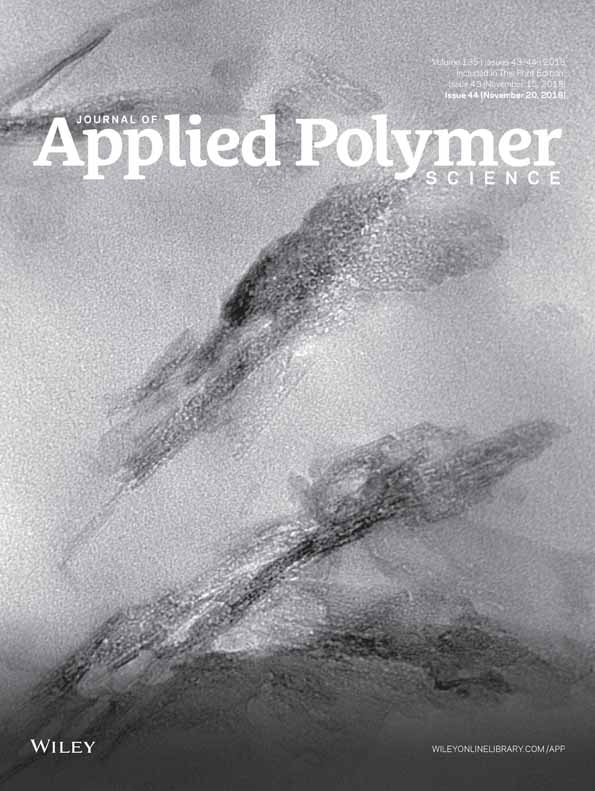High-strength, tough, rapidly self-recoverable, and fatigue-resistant hydrogels based on multi-network and multi-bond toughening mechanism
ABSTRACT
Constructing double network (DN) or triple network (TN) with two or three asymmetric independent polymer networks are very useful structural platforms to integrate different mechanisms for dissipating energy and maintaining elasticity for designing tough hydrogels. To reveal the roles of different cross-linked networks with hierarchical bond energy across multiple length scales in the gel network, here we fabricate chemical–physical hybrid cross-linked polyacrylamide/Agar/poly(vinyl alcohol) (PAM/Agar/PVA) TN hydrogels through multi-network and multi-bond toughening mechanism design, and compare these TN gels with single network and DN gels. Under deformation, the covalently cross-linked PAM first network remain intact to maintain their original configuration, while the dynamic and reversible nanoscale hydrogen bonds in Agar second network and microcrystalline domain in PVA third network successively break to gradually dissipate energy and then recombine to recover the network, which lead to excellent mechanical strength (compression strength 2.6 MPa, tensile strength 197 kPa), toughness (energy dissipation up to 374 kJ/m3 at 200% strain), excellent recoverability (~87% toughness recovery after 15 min resting at room temperature), and self-healing properties. The combination of high-strength, self-recovery, and self-healing properties makes PAM/Agar/PVA TN gels promising candidates for further functional application. © 2018 Wiley Periodicals, Inc. J. Appl. Polym. Sci. 2018, 135, 46847.




